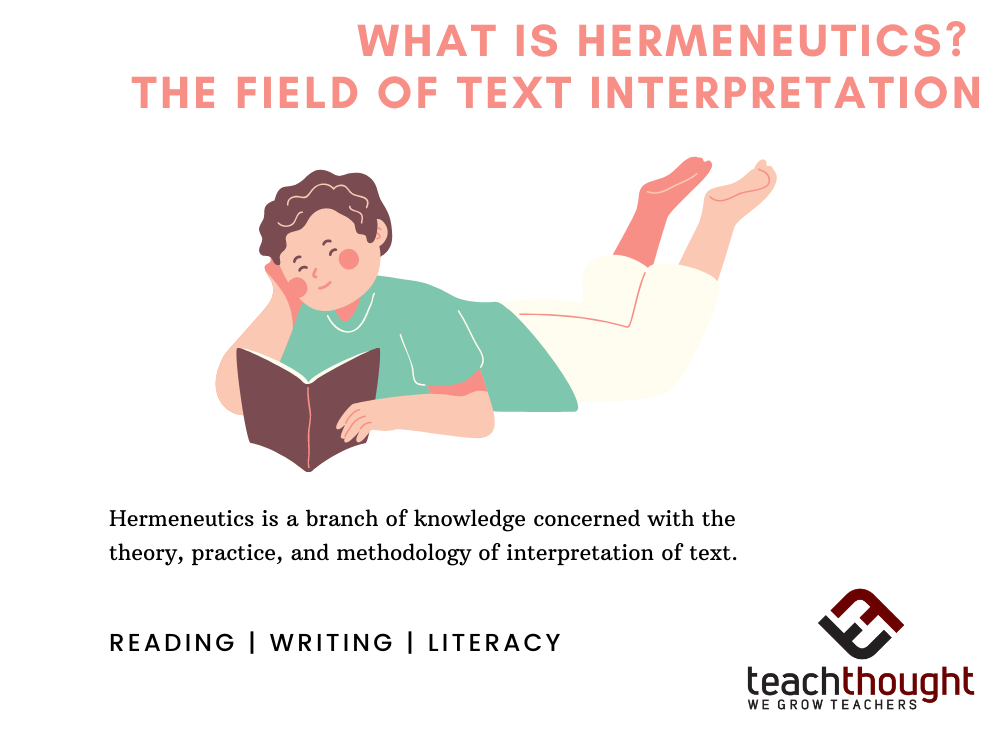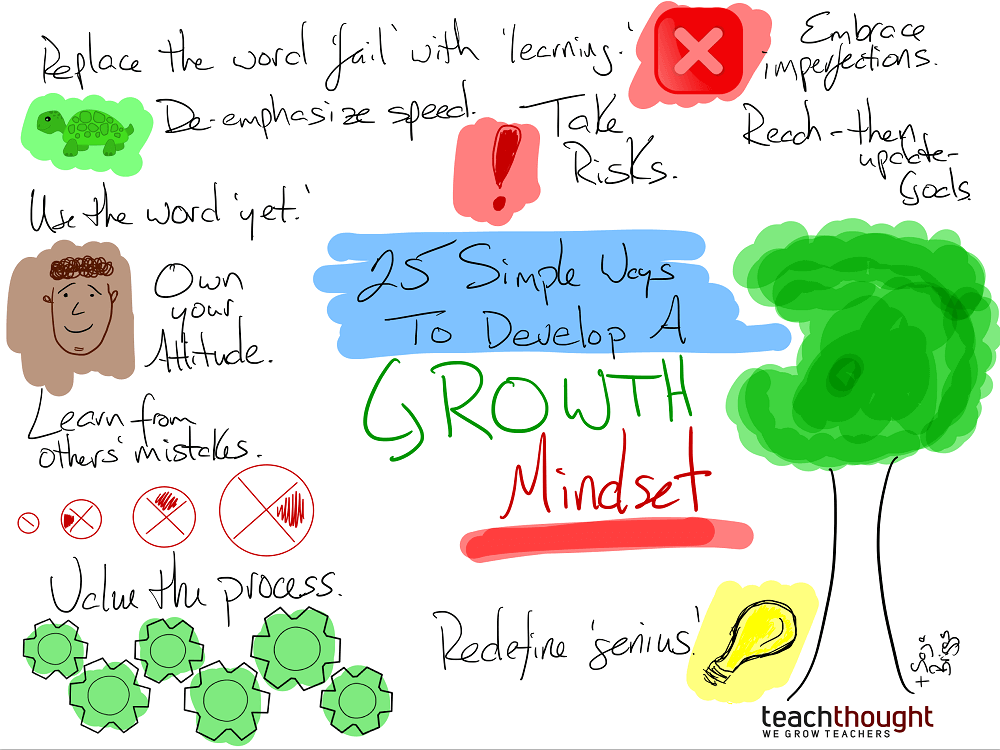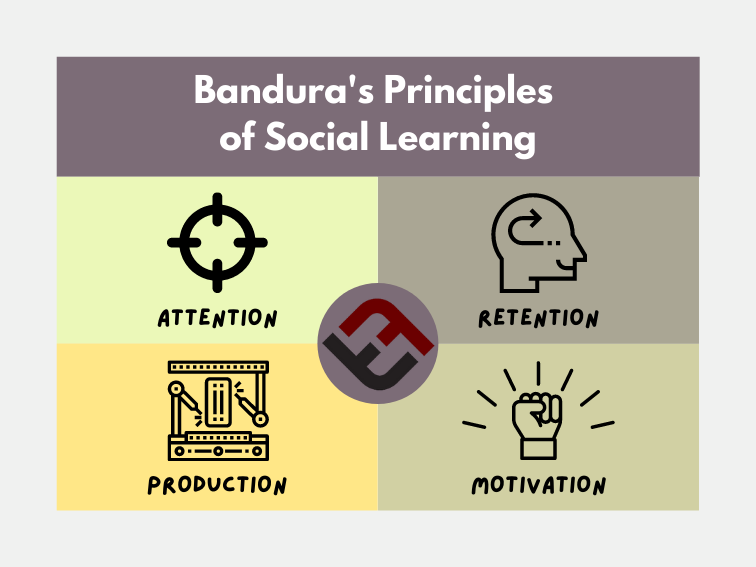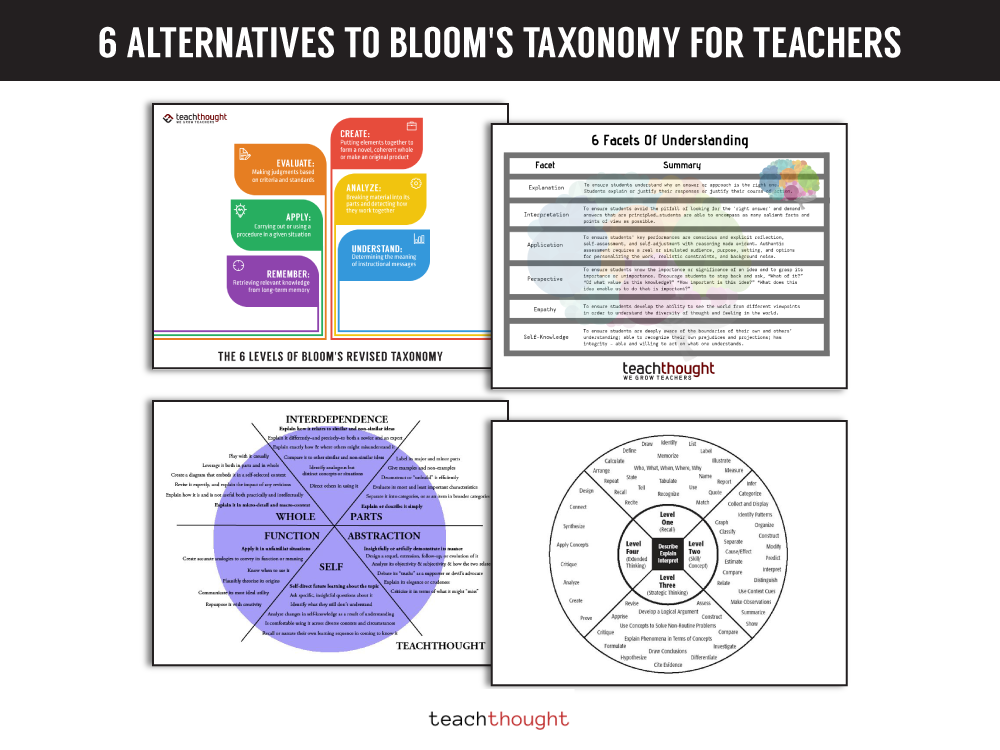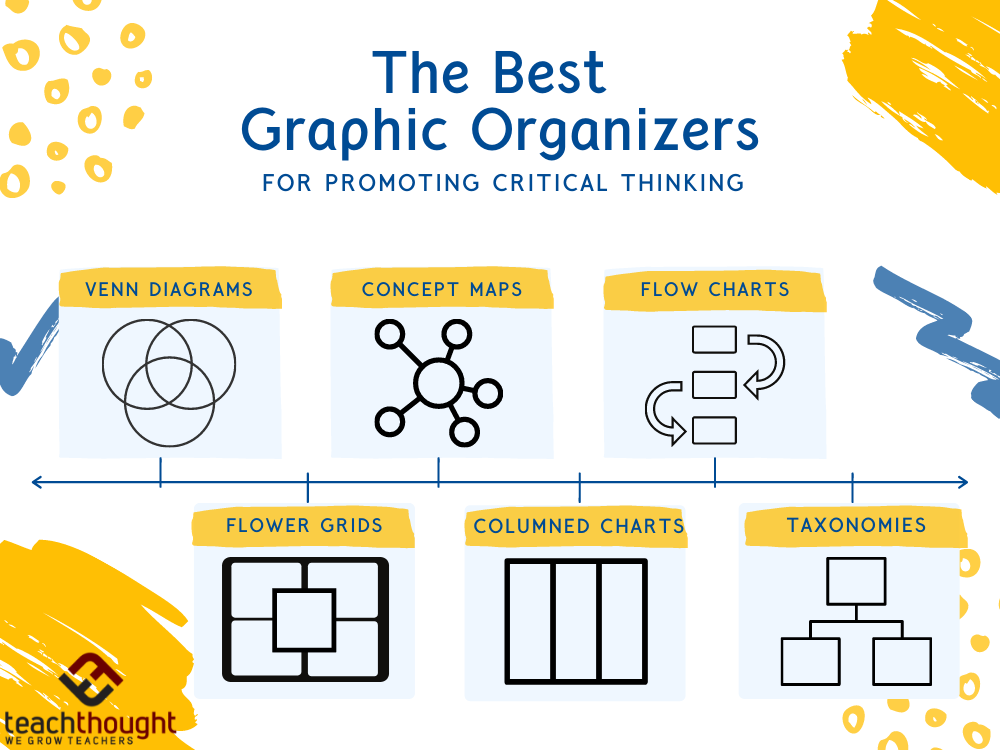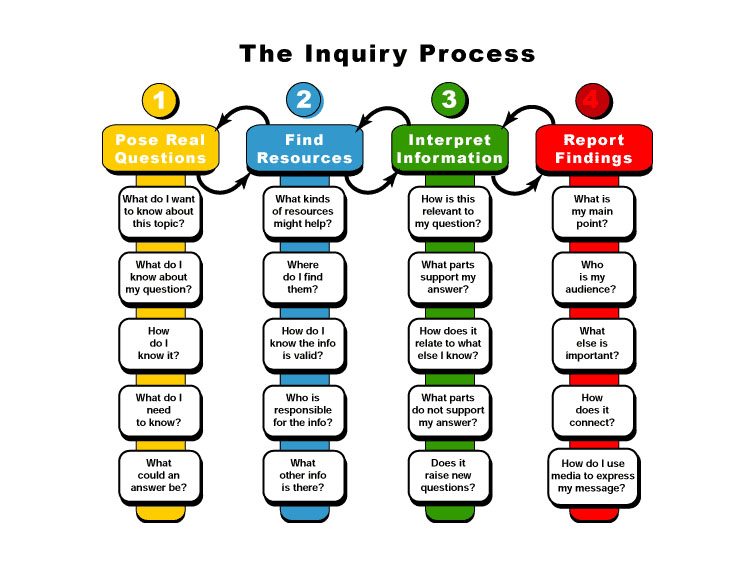Tag: Essential
10 Ways To Upgrade Your Teaching For $10 Or…
Upgrading for me means a clean, fresh start. It’s about assessing what’s out there, removing what’s outdated, and investing in the future.
What Is Hermeneutics?
Hermeneutics is a branch of knowledge concerned with the theory, practice, and methodology of interpretation of text.
25 Ways To Develop A Growth Mindset In Children
Athletes will rarely think, “I simply cannot make this shot.” Students–for whatever reason–are more likely to say, “I’m not good at tests.”
Bandura’s 4 Principles Of Social Learning Theory
Bandura’s Social Learning theory explained that children learn in social environments by observing and then imitating the behavior of others.
6 Alternatives To Bloom’s Taxonomy For Teachers
Why might you need alternatives to Bloom’s Taxonomy? While wonderful, it neglects important ideas that see the whole child.
What Are The Best Graphic Organizers For Promoting Critical…
Graphic organizers allow students to visualize, order, and categorize concepts using verbal representations & visuals.
20 Questions To Guide Inquiry-Based Learning
Guiding inquiry-based learning centers learning on a solving a particular problem or answering a central question.
Question-Based Learning: A Definition
Question-based learning is a type of inquiry where the learner is guided by forming and refining a guiding question (or questions).

